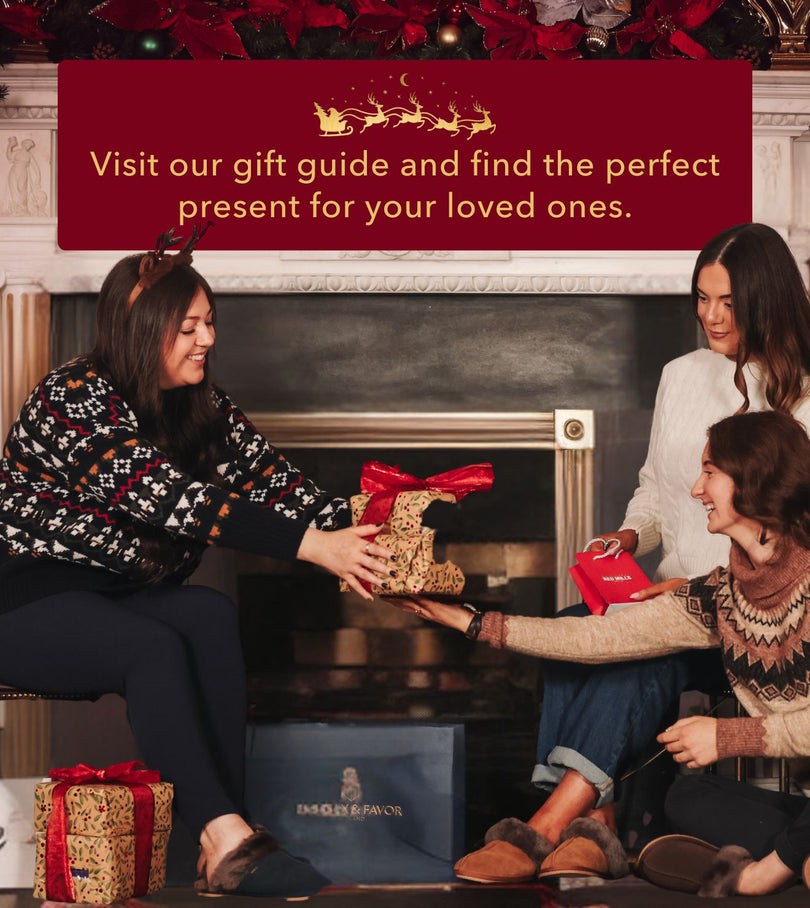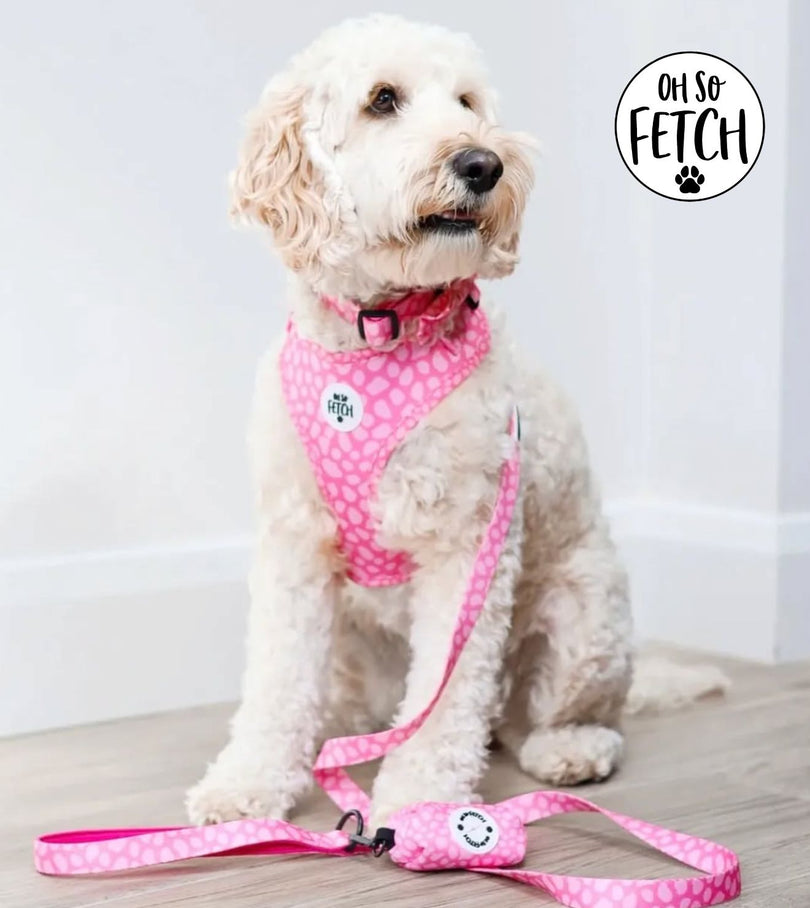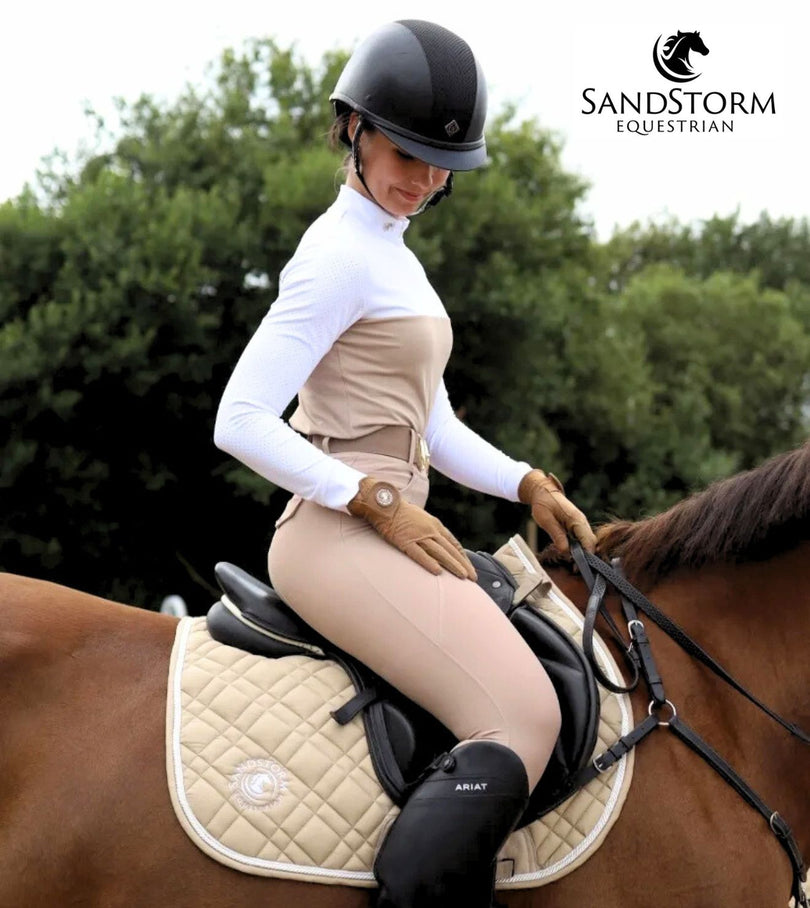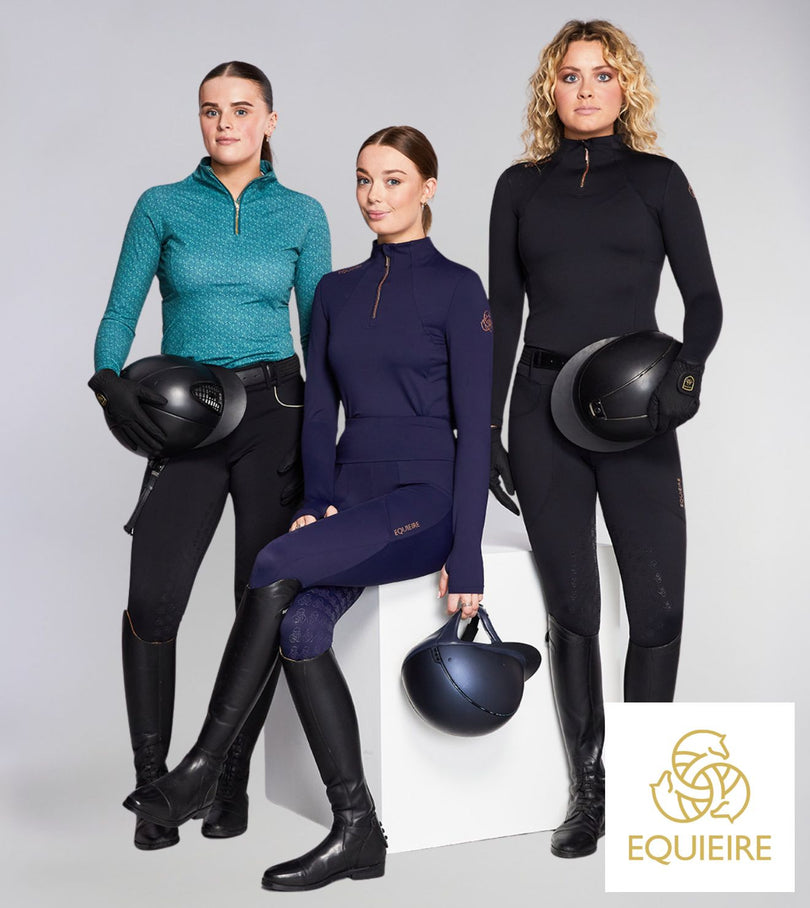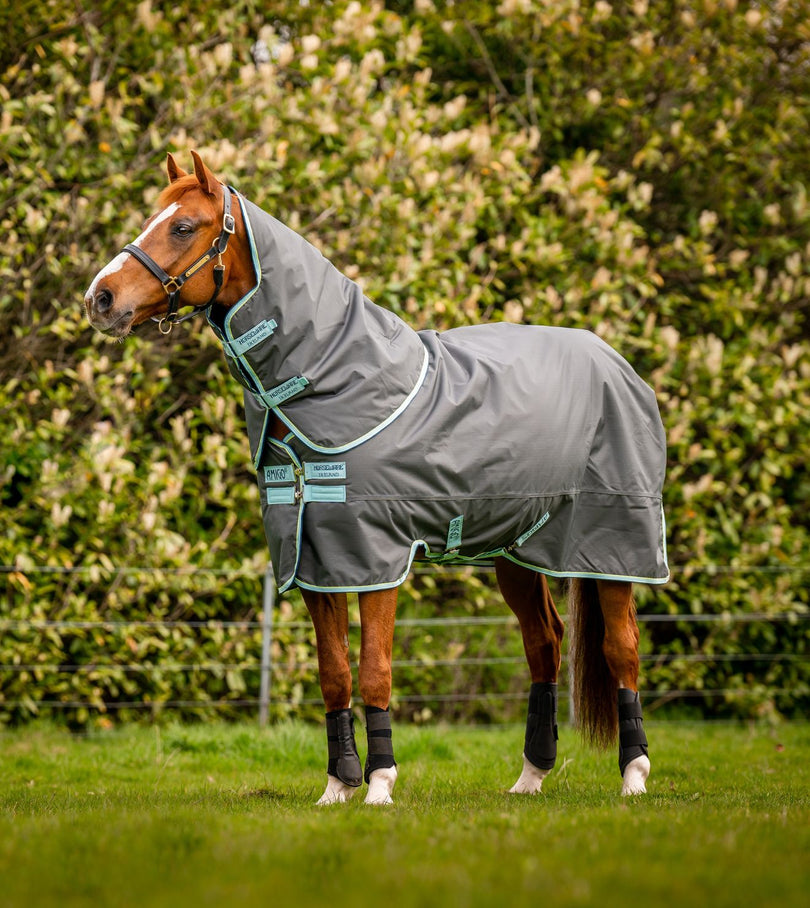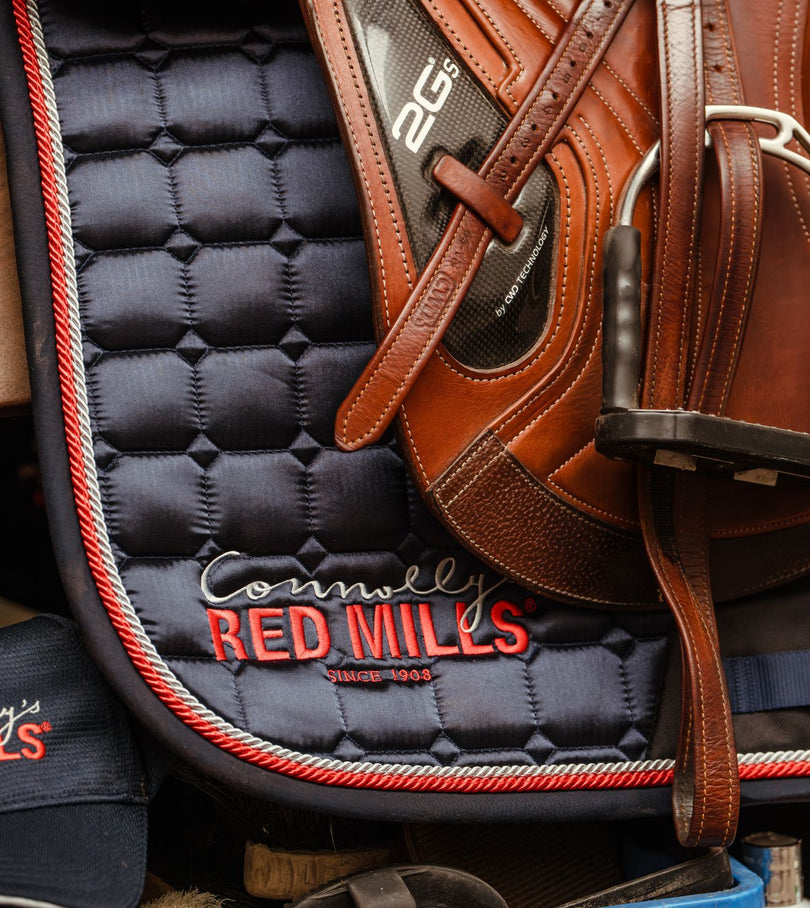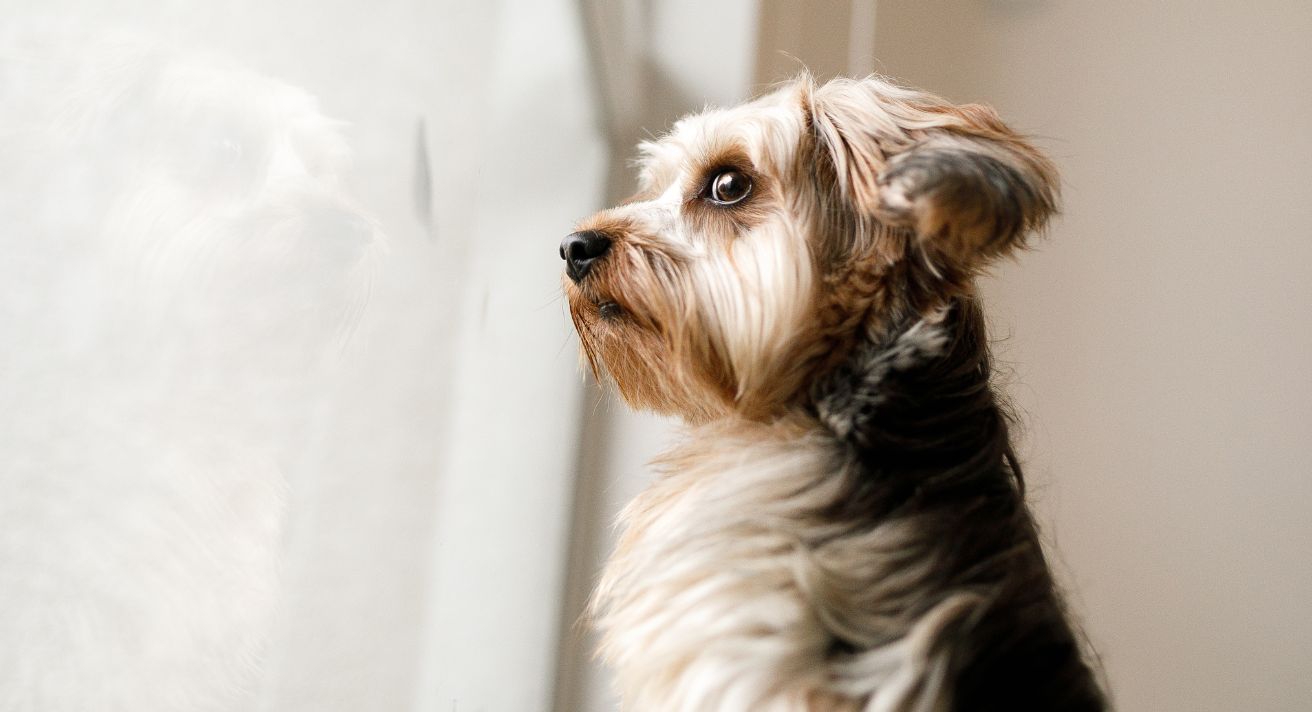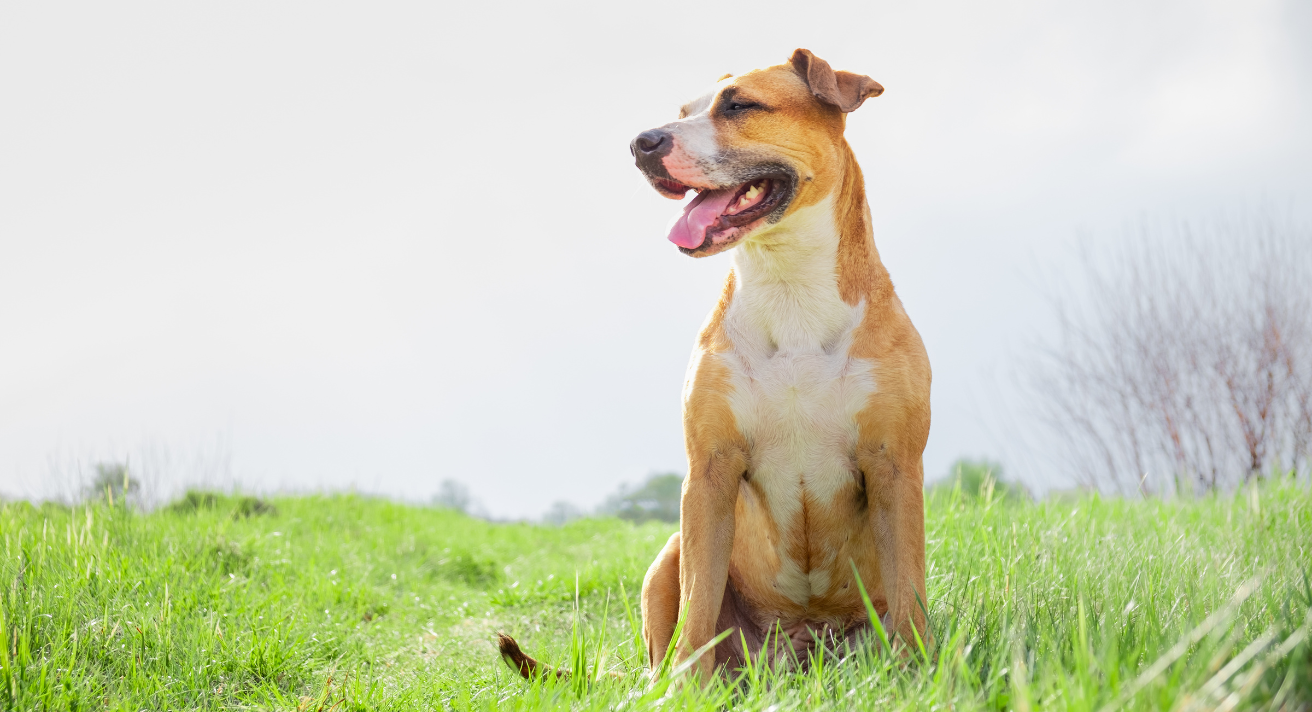Separation anxiety is a common and often heartbreaking challenge for many dog owners. Even the most easy-going dogs can struggle when their daily routine is disrupted. Times of transition, like summer holidays, family travel, or the return to school schedules, can be particularly stressful.
While some dogs are naturally more prone to anxiety, others may be coping with the trauma of losing a previous owner or major life changes. Regardless of the cause, understanding how to recognize and manage separation anxiety is key to helping your dog feel safe and bringing a sense of peace back to your home.
Understanding Separation Anxiety in Dogs
Separation anxiety in dogs can show up in two key ways:
- When you do things that suggest you are preparing to leave – getting your bag, putting on your jacket, etc. your dog becomes distressed. Whining, pacing, and panting are common clues.
- Your home is trashed when you return, or neighbours tell you that your dog barks and cries excessively when you aren’t home.
This form of canine anxiety can have roots in a past trauma, and it can also be the result of a lack of socialisation. But any dog can develop a bit of separation anxiety with a change in routine.
Dogs are not naturally solitary. As pack animals, their instincts drive them to be in a group. And we are their pack. They turn to us for company, reassurance and safety.
Training Tips to Combat Separation Anxiety
An owner who knows how to treat separation anxiety in dogs can solve this problem. Behavioural training for anxious dogs combined with the right nutrition for stressed dogs can make a dramatic difference.
-
Establish a Consistent Daily Routine for Dogs with Separation Anxiety
Feeding, walking, and playtime at the same set times each day helps reduce anxiety and gives your dog a sense of security. -
Make Departures Calm and Low-Stress for Your Dog
Leave the house without fuss or attention to prevent triggering separation anxiety before you even walk out the door. -
Use Short Practice Trips to Train an Anxious Dog
Start with brief absences of five minutes and gradually extend the time to teach your dog that being alone is safe. -
Create a Safe Space for Your Dog to Relax
Set up a quiet area, such as a crate or bed, where your dog can retreat and feel secure without being disturbed. -
Apply Counter-Conditioning to Reduce Dog Anxiety Triggers
Pair anxiety-inducing situations with treats or rewards so your dog learns to associate them with positive experiences.
Nutritional Support for Separation Anxiety
Your dog’s diet can support them overcoming separation anxiety. Dog anxiety relief through diet depends on some safe but powerful ingredients.
- Calming Ingredients: L-theanine, valerian root, and chamomile may help soothe anxiety. You’ll find them in supplements such as Foran Petcare Nutri-Calm.
- Omega-3 fatty acids: Leader Nutri-Vigor Skin and Coat Care Functional Treats is rich in omega 3 & 6, which support a healthy nervous system.
- Probiotics: Scientists are beginning to understand how gut health can influence behaviour. Pets may benefit from probiotics to help manage stress and anxiety.
All of these can be used proactively if you are preparing for a change in routine. Of course, simply keeping to a routine will help.
When to Seek Professional Help?
If these tips for training dogs with separation anxiety and nutrition for stressed dogs don’t help, or if a previously calm dog suddenly develops signs of separation anxiety, see your vet to investigate a possible medical cause. Your vet can also prescribe stronger medication to help your dog cope.
A professional trainer can also help, and your vet should be able to refer you to a good one.
Additional Tips for Managing Separation Anxiety
To effectively reduce separation anxiety in dogs, combine daily physical exercise, mental stimulation, and calming techniques. Vigorous walks, play sessions, and active games help release excess energy, making it easier for your dog to relax when left alone. Keep their brain engaged with puzzle toys, lick mats, and durable chew options such as the KONG Extreme to redirect nervous chewing. For interactive bonding, the KONG Puppy Flyer offers both fun and physical activity.
Create a soothing environment by playing calming music for dogs to mask outside noises that can trigger barking. Pheromone diffusers are another proven tool to help anxious dogs feel more secure during periods of separation.
Managing dog separation anxiety requires patience, consistent training, and the right combination of tools. With a steady routine, positive reinforcement, and supportive enrichment activities, most dogs can learn to feel calm, confident, and content even when their owners are away.




